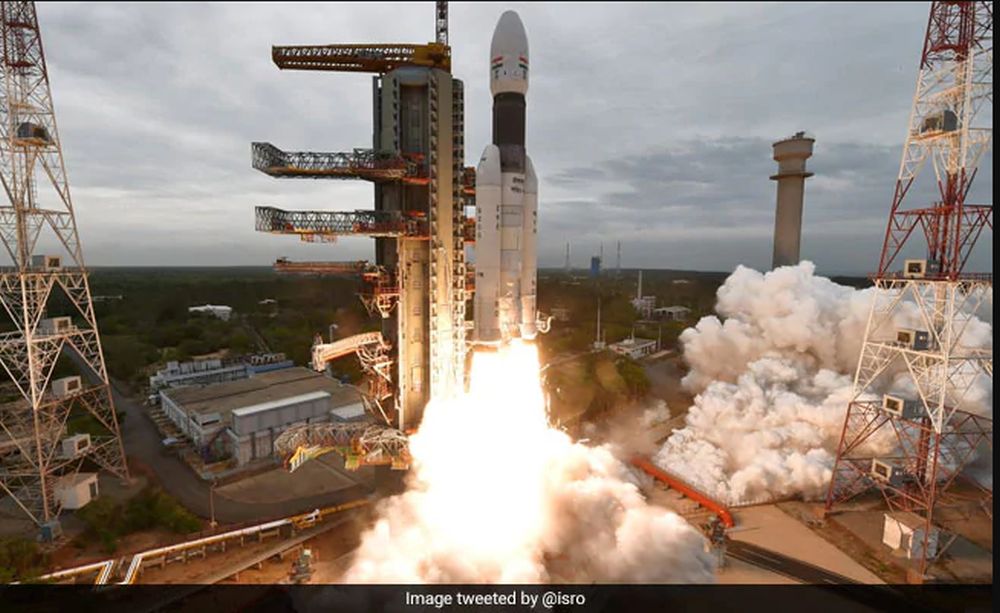ISRO (Indian Space Research Organization) has successfully launched their Chandrayaan-2 mission to the Moon. The mission, which includes an orbiter, a lander, and a rover, was launched into space on a GSLV Mk III rocket on July 22nd, after a week-long delay. On September 7th it will perform a soft-landing on the Moon.
The Chandrayaan-2 mission, which means ‘moon craft’ in Hindi, is a showcase of Indian technology. The rocket, the orbiter, the lander, and the rover are all products of Indian technological development. In a tweet, Indian Prime Minister Narendra Modi praised the Chandrayaan-2 mission.
Chandrayaan-2 is going to the lunar south pole, a destination no other nation’s spacecraft has reached. Once there, it will investigate lunar water. Though both of the moon’s poles are in shadow, the shadowed area at the south pole is much larger. The mission will study the presence of frozen water in that shadowed region.
In their press material, ISRO says that the history of the Moon is linked to the history of Earth. In some ways, the Moon is like an undisturbed historical record of the Solar System’s evolution. That historical record is trapped in the frigid, permanently-shadowed areas at the south pole, and the water that’s been frozen there for billions of years.
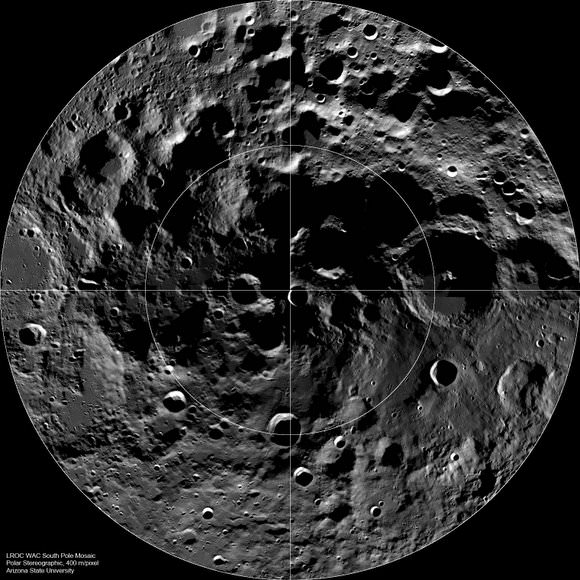
According to measurements taken with NASA’s Lunar Reconnaissance Orbiter, the temperatures inside permanently-shadowed craters on the Moon’s south pole are the coldest temperatures in the entire Solar System. This frozen water, unchanged since the early days of the Solar System, is of keen interest to scientists for the clues it may hold about the history of the Solar System.
Frozen water is also of great interest in lunar exploration because it could be used as drinking water, used to grow plants, could provide oxygen for breathing, and could also be used to create rocket fuel.
The Moon is also an important stepping stone for missions deeper into the Solar System. It’s the perfect test-bed for space-faring technologies.
Chandrayaan-2 Mission Timeline
The Chandrayaan-2 mission was launched aboard India’s GSLV Mark III (Geosynchronous Satellite Launch Vehicle Mark III.) The GSLV is a three-stage medium-lift launch vehicle developed by ISRO. It’s made up of two solid rocket boosters, one liquid stage, and an upper cryo stage.
Two minutes after launch, the boosters separated. About a minute after that, the protective fairing surrounding the orbiter, lander, and rover separated. Then the liquid-core first stage separated.
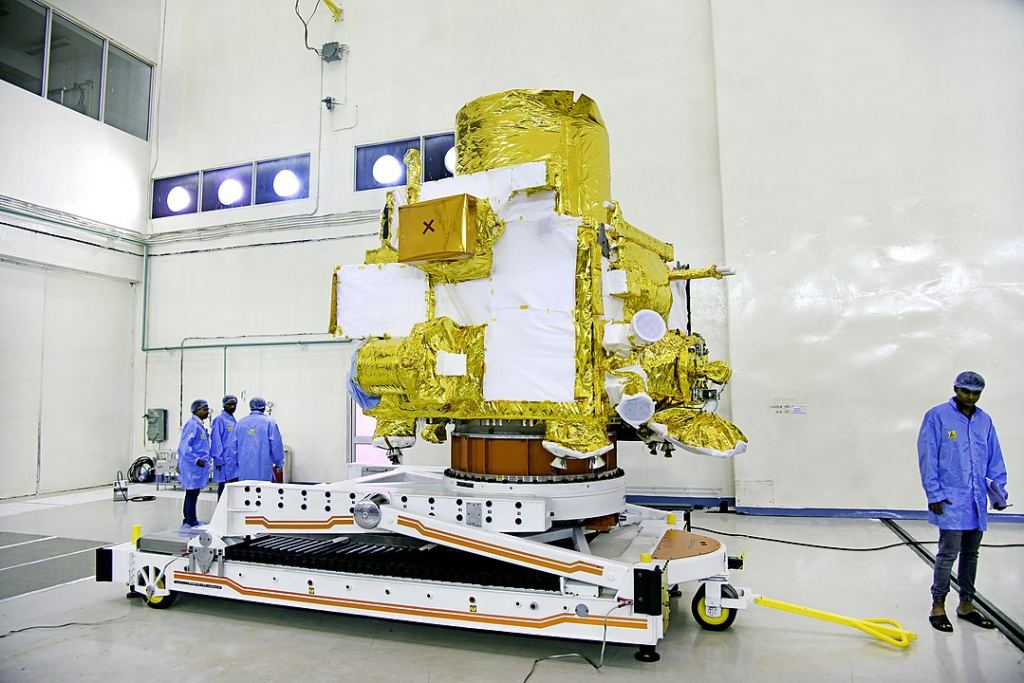
Then Chandrayaan-2 separated from the cryogenic upper-stage of the rocket. It’s now in an elliptical orbit around the Earth measuring 170 by 39120 kilometers (105 by 24,300 miles.)
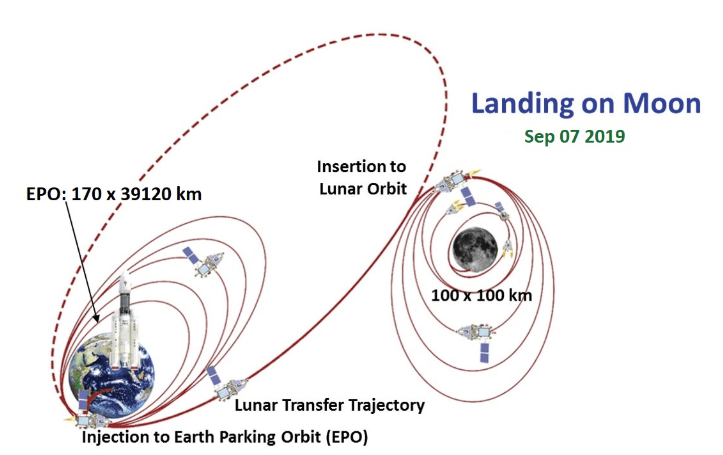
Chandrayaan-2’s orbiter is named Vikram. It’ll raise its orbit over the next 23 days in a series of maneuvers. Eventually Vikram will enter the Moon’s gravitational influence, fire its thrusters to slow itself, and be captured. It’ll approach the Moon until eventually the lander detaches and heads toward the surface, where it will land on September 7th.
The autonomous soft-landing will be the critical event in this mission. If successful, India will be the fourth country to soft-land on the Moon, following the United States, Russia, and China. After separation, a series of delicate maneuvers will bring Vikram close to the surface, where it will image the surface to find a good landing spot.
If all goes well, once the lander is down the rover will emerge. The rover is named Pragyan, and its mission will last one lunar day, or 14 Earth days. The orbiter will keep working however, with an anticipated mission of one year.
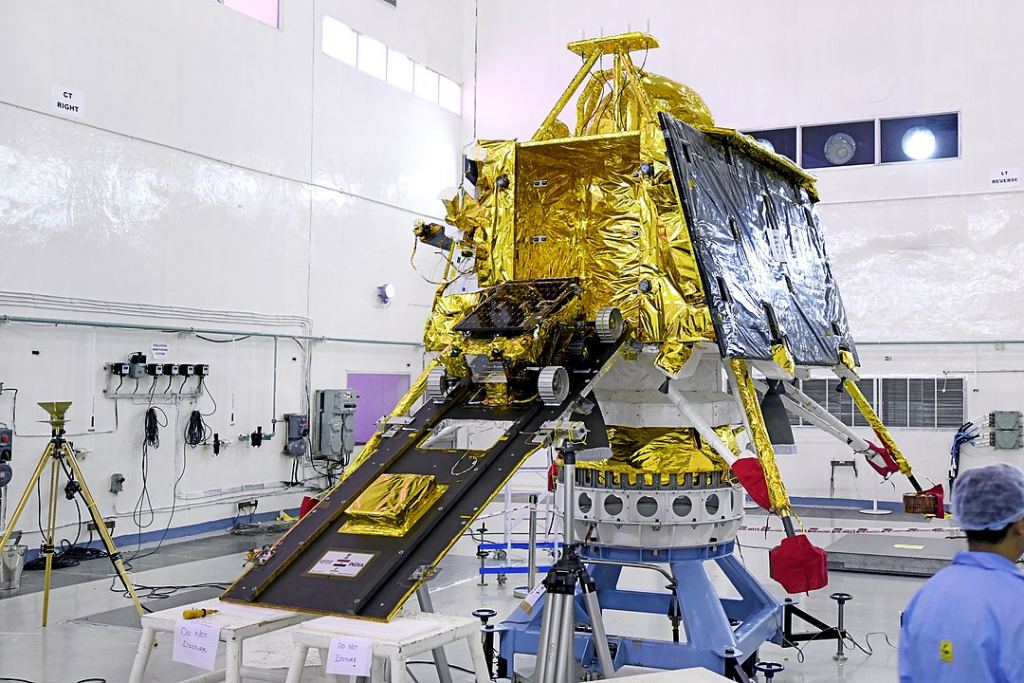
The Science
Pragyan will study the topography and seismography of the Moon. It’ll perform mineral identification and distribution, study the surface chemical composition, and will also study the thermo-physical characteristics of top soil and the composition of the tenuous lunar atmosphere. With all of that, ISRO intends to make a serious contribution to our understanding of the origin and evolution of the Moon.
Much of the rover’s mission is aimed at understanding lunar water. The rover will measure water molecule distribution with infrared spectroscopy, synthetic aperture radiometry and polarimetry, as well as mass spectroscopy techniques.
The Chandrayaan-2 mission builds on the success of its predecessor, the Chandrayaan-1. That mission launched in 2008. Rather than landing, it did most of its work from orbit. It also carried a Lunar Impact Probe, which it launched into the surface as a forerunner to Chandrayaan-2’s soft-landing.
This issue is a big deal for India. They’ve been working their way up to it, and a lot hinges on its success. But as we’ve seen recently, soft landings are not a slam dunk. (Just ask Israel’s SpaceIL.) The Chandrayaan 2 mission has its roots in the modernization of India, which began with Jawaharlal Nehru, India’s first Prime Minister after independence from Britain, and the leader who oversaw India’s emergence as a sovereign nation.
It’s been a long, tumultuous road for the nation of India since Nehru’s days, and if Indian’s are proud of the Chandrayaan-2 mission, and its homegrown nature, it’s easy to understand why.
Here’s a video of the launch. The real action starts around the 26:00 minute mark.
More:
- Universe Today: Latest Chandrayaan-1 Images
- Wikipedia: Chandrayaan-2
- NDTV: Chandrayaan 2 Moving In Right Direction: ISRO

